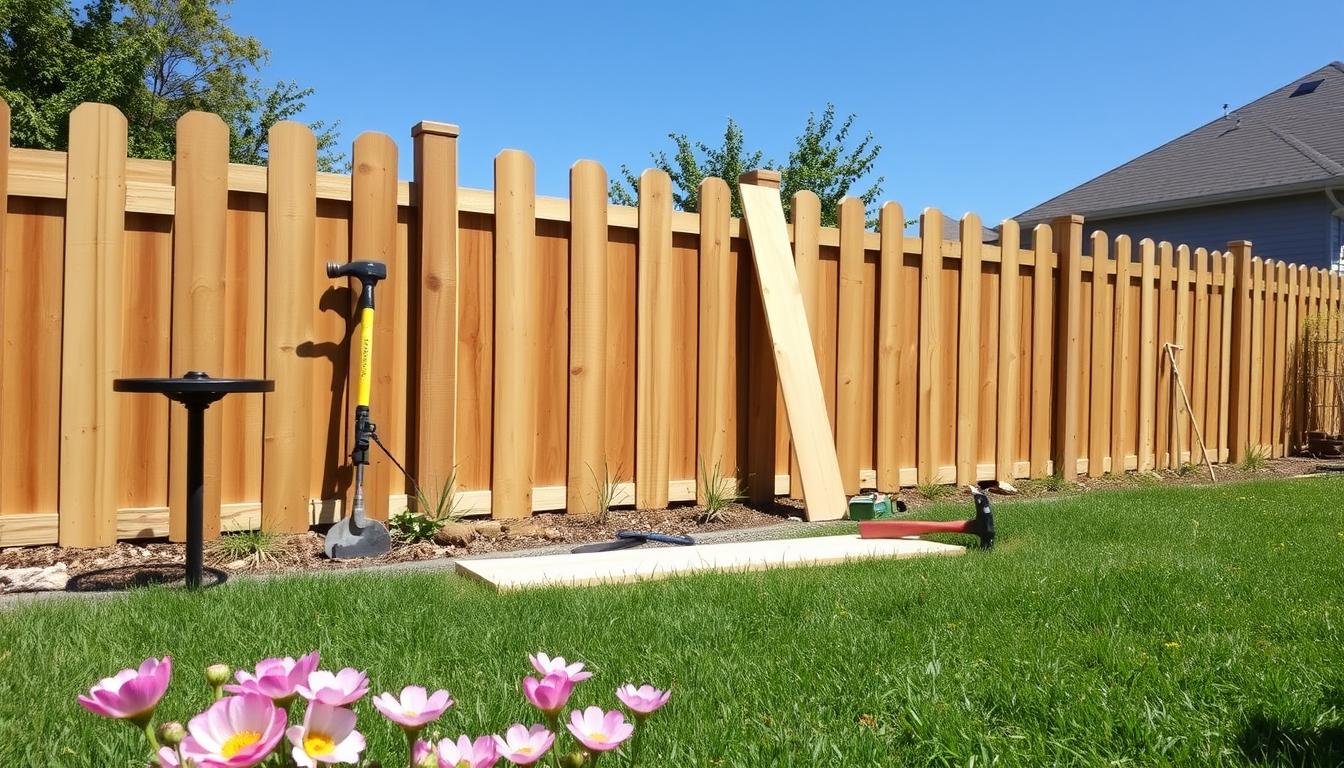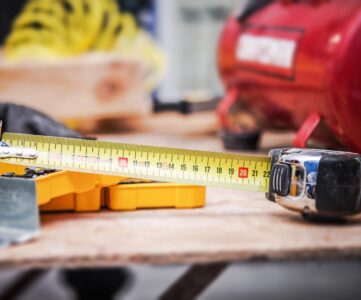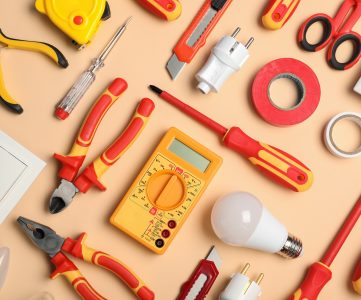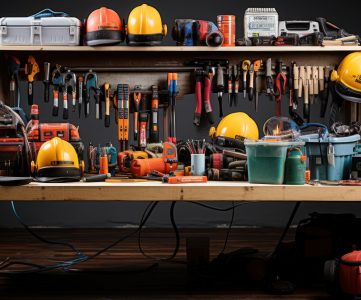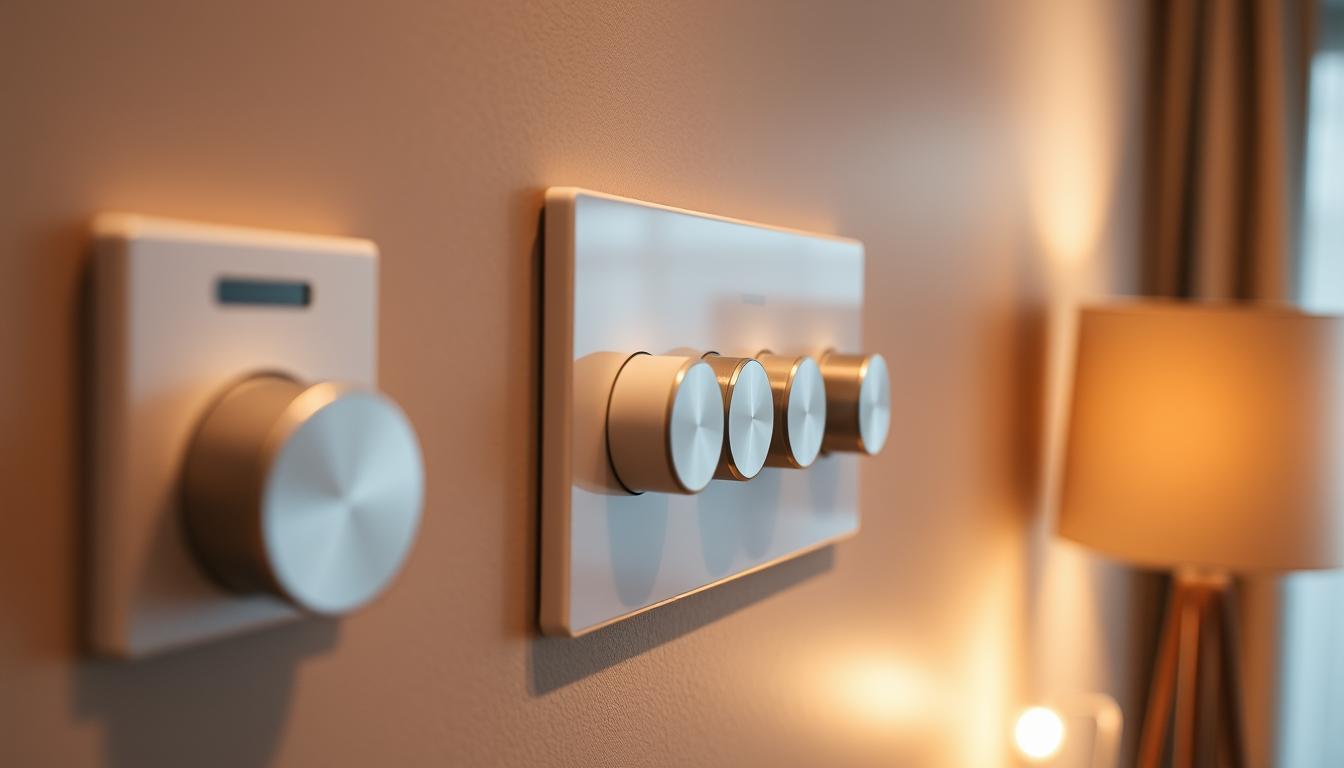Welcome to our comprehensive guide on DIY fence installation. We’ll take you through the entire process, from planning to completion. Whether you want to boost privacy, security, or yard aesthetics with a DIY fence, we’ve got you covered. Our guide is designed to be user-friendly, ensuring you can confidently complete your DIY fence project.
Introduction to Fence Installation
Choosing the right fence installation option is crucial. A DIY fence can save you money and give you control over the process. Our guide will cover all aspects of fence building and installation, from planning to finishing touches.
Key Takeaways
- Plan your fence project carefully to ensure success
- Consider your budget and choose the right materials for your DIY fence
- Fence installation requires careful planning and execution
- A DIY fence can add value to your property and enhance its appearance
- Fence building and installation can be a fun and rewarding DIY project
- With the right tools and materials, you can create a beautiful and functional fence
Planning Your Fence Project
When diving into fence planning, several key factors must be considered for success. Understanding your property boundaries is crucial, as it affects your fence’s design. You need to know your yard’s dimensions and any obstacles that might arise during installation.
A well-thought-out fence can boost yard privacy and security, while also improving your property’s look. Choosing the right fence type, materials, and style is essential. Your budget also plays a significant role in your planning decisions.
Here are some key factors to consider when planning your fence project:
- Determine your property boundaries and measurements
- Choose the right fence materials and style for your needs
- Set a budget and stick to it
- Consider any local building codes or permits required
By meticulously planning your fence project, you can ensure it meets your needs and increases your property’s value. Whether you seek yard privacy, security, or a way to define your outdoor space, a well-planned fence is transformative.
Always adhere to local building codes and regulations when installing a fence. If unsure about any part of the process, don’t hesitate to seek professional advice.
Choosing the Right Fence Materials
When it comes to fence design, picking the right materials is key for a successful DIY fence project. You have many options like wood, vinyl, and metal. Each has its own durability, maintenance needs, and cost. For example, wood fences look traditional but need regular upkeep to avoid rot and pests.
Vinyl fences, on the other hand, are easy to maintain and weather-resistant but cost more at first. Metal fences give a modern vibe and last long but can be noisy and rust-prone. Thinking about these points helps you choose the best fence materials for your project.
Here are some key factors to consider when selecting fence materials:
- Durability: How well will the material withstand weathering and potential damage?
- Maintenance: How much upkeep will the material require to maintain its appearance and functionality?
- Budget: What is your budget for the project, and how will the material choice impact overall costs?
Proper post installation is crucial for a fence’s stability and longevity. This means setting posts correctly and using the right concrete. By picking the right materials and installing them well, you’ll get a strong, attractive fence. This will boost your property’s value and look.
The secret to a great DIY fence project is careful planning and detail. Think about your options for materials, installation, and design. This way, you can build a fence that’s both beautiful and functional, meeting your needs and increasing your property’s value.
| Fence Material | Durability | Maintenance | Cost |
|---|---|---|---|
| Wood | Medium | High | Medium |
| Vinyl | High | Low | High |
| Metal | High | Medium | High |
Essential Tools and Equipment for Fence Installation
For a successful fence installation, the right tools and equipment are key. These tools significantly impact the quality and speed of the installation. We will cover the essential tools, safety gear, and rental options needed for your project.
Ensuring a safe and efficient installation requires the right safety equipment. This includes gloves, safety glasses, and a first aid kit. For bigger projects, tools like post hole diggers and cement mixers can be rented. Investing in the right tools and safety gear ensures a smooth and worry-free project.
Some crucial tools for fence installation include:
- Post hole digger
- Cement mixer
- Level
- Measuring tape
- Hammer
Rental options are available for those who don’t want to buy equipment outright. This is a cost-effective choice for large projects or temporary needs. By considering your specific needs and budget, you can select the best tools, safety gear, and rental options for your project.
Choosing the right tools and equipment ensures a safe and efficient fence installation. Whether you’re an experienced DIYer or a beginner, having the right tools and equipment is crucial for a successful project.
| Tool | Description |
|---|---|
| Post hole digger | Used to dig holes for fence posts |
| Cement mixer | Used to mix cement for setting fence posts |
| Level | Used to ensure the fence is level and plumb |
Site Preparation and Layout
Before installing a fence, site preparation and layout are crucial. These steps are key to a successful and stress-free installation. Site preparation means clearing debris, vegetation, and obstacles. It also involves marking property lines for fence placement accuracy.
A well-thought-out fence layout is essential for yard privacy. The type of fence, its height, and materials are important considerations. A sturdy fence offers privacy, while a shorter one might be decorative. The layout must account for yard slope and terrain for a stable installation.
Key factors for site preparation and layout include:
- Clearing debris and vegetation
- Marking property lines
- Choosing the right fence type and materials
- Considering yard slope and terrain
By focusing on these steps and factors, you can achieve a successful fence installation. This ensures your fence meets your needs and enhances yard privacy effectively.
| Factor | Consideration |
|---|---|
| Site preparation | Clearing debris, marking property lines |
| Fence layout | Type of fence, height, materials, slope, and terrain |
| Yard privacy | Level of privacy desired, type of fence, and height |
Professional Fence Installation Techniques
Mastering fence installation techniques is crucial for a sturdy and attractive fence. The foundation of a fence is set by corner posts. They prevent the fence from leaning or collapsing. Properly installed corner posts are essential.
Installing line posts is another critical step. These posts support the fence panels and must be level and securely anchored. Gate installation also requires careful planning for smooth operation and security.
- Setting corner posts at the correct depth and angle
- Installing line posts at the recommended spacing
- Adding rails and panels for support and stability
- Ensuring proper gate installation for secure and smooth operation
| Component | Importance | Tips |
|---|---|---|
| Corner Posts | High | Set at correct depth and angle |
| Line Posts | Medium | Install at recommended spacing |
| Gate Installation | High | Ensure proper alignment and secure anchoring |
By adhering to these techniques and focusing on corner posts, line posts, and gate installation, you can achieve a high-quality fence. This will meet your needs and enhance your property’s value.
Troubleshooting Common Installation Challenges
Even with thorough planning, fence installation can face unexpected hurdles. Troubleshooting these issues is key to a smooth installation. Common problems include uneven terrain, damaged materials, and incorrect measurements.
Understanding fence repair and maintenance is crucial. Regular fence repair can prevent small issues from escalating. Here are some tips for tackling common installation challenges:
- Inspect the fence regularly for damage or wear and tear
- Check the fence’s foundation and ensure it’s level and secure
- Use high-quality materials and follow manufacturer instructions
By following these tips and staying proactive with fence repair, you can reduce the risk of installation challenges. This ensures your fence remains strong and appealing.
Remember, troubleshooting is an essential part of the fence installation process. By being prepared and knowing how to overcome common challenges, you can ensure a successful and stress-free installation experience.
Maintaining Your Newly Installed Fence
Regular fence maintenance is key to keeping your fence looking great and lasting long. Taking good care of your fence can prevent damage and save on repair costs. It also helps keep your fence looking its best. This involves checking your fence often, doing seasonal upkeep, and using preservation methods to guard against the elements and wear.
Seasonal upkeep is vital to get your fence ready for different weather. This means cleaning, fixing, and applying protective layers to shield it from harsh weather. Techniques like staining or sealing can also protect your fence from rot, decay, and pests.
Seasonal Maintenance Tips
- Inspect your fence regularly for damage or wear and tear
- Clean your fence to remove dirt, debris, and mildew
- Apply protective coatings or stains to shield your fence from the elements
Preservation Techniques
Preservation methods can extend your fence’s life. These include using waterproof sealants, choosing rot-resistant materials, and installing fence caps to prevent water damage. By adding these techniques to your maintenance routine, you can protect your fence and keep it looking good.
Enhancing Your Fence’s Appearance
To enhance your fence’s appearance, consider the overall fence design and how it complements your yard and home. A well-designed fence can greatly impact the aesthetic of your property. It increases yard privacy and defines property boundaries. When choosing materials and colors, think about the style of your home and the surroundings to create a harmonious look.
Some popular ways to enhance your fence’s appearance include adding decorative post caps, using contrasting colors for the fence and gate, and incorporating plants or flowers along the fence line. You can also consider adding lighting to highlight your fence’s features and create a warm ambiance in the evening.
Here are some tips to keep in mind when enhancing your fence’s appearance:
- Choose materials that are durable and low-maintenance
- Select colors that complement your home and surroundings
- Add decorative elements, such as post caps or lighting, to create visual interest
- Consider the style and architecture of your home when designing your fence
By following these tips and considering your yard privacy and property boundaries, you can create a beautiful and functional fence. It will enhance the overall appearance of your property. Remember to balance your fence design with the natural surroundings to create a harmonious and inviting outdoor space.
Conclusion: Enjoying Your Successfully Installed DIY Fence
Congratulations on completing your DIY fence installation project! Our guide has walked you through planning, preparation, and installation. You now have a sturdy, functional privacy fence that beautifies your outdoor space. Remember, maintaining your fence is crucial for its long-lasting durability.
Regular inspections and timely repairs are essential to keep your fence in excellent condition. By following our seasonal maintenance tips and preservation techniques, you can maintain your fence’s aesthetic appeal and structural integrity. A well-maintained fence not only looks great but also ensures your privacy and security.
Now, take pride in your DIY fence building success. Use your new fence to create a tranquil, inviting outdoor oasis. Invite your family and friends for backyard gatherings. Bask in the satisfaction of a job well done. Congratulations on your DIY success!
